The Mendoza River is a meltwater river that has it sources in Aconcagua Mountain. It receives water from many affluents: at North, from Las Cuevas, Las Vacas, Picheuta and Uspallata rivers; at south, from Blanco and Tupungato rivers. It irrigates the soils of the departments of Luján de Cuyo, Maipú, Guaymallén, Las Heras, San Martín and Lavalle, in the province of Mendoza. It flows into the “Laguna de Guanacache” (Guanacache lake), which gradually dries due to the construction of dams and hydroelectric power stations that do not allow the water flowing to the area. The river has a mean flow of 50 m³/s, and supplies water for the main oasis of the region.
In the Mendoza River, we find the Cipolletti dam, which was built by the Italian engineer settled in the province, Mr. Cesare Cipolletti. The dam was inaugurated in 1890 and it is used as a defense in case of eventual overflows. Las Compuertas dam has two dams: fuse plug and mobile, each having its own gate, water intake works with their Moderator Channel, discharge building and drain, access channel to the intake, adductor channel, desander chambers.
In 2001 the Potrerillos dam started to be filled. It is located at 1381 meters above sea level and it counted with an investment of 268 millions of dollars (US). Its main goals are regulating the river flow and supplying the population of Mendoza with drinking water.
Irrigation systems have evolved allowing an optimization of the use of water. From the original systems applied by Huarpes (flood irrigation, or the technique of flooding the cultivated area), to the innovative dripping irrigation system developed by the Israelites. Through the use of computers, it regulates the amount of water that each rootstock receives (large water ponds are used which are pumped by pipelines that drip the water in each plant). Water conservation is a priority in Mendoza. There are strict regulations supervised by the constitutional organization of Mendoza called: “Dirección General de Irrigación” (Department of Irrigation) and counts with the participation of people who receive water.
Esta entrada también está disponible en: Spanish Portuguese (Brazil)




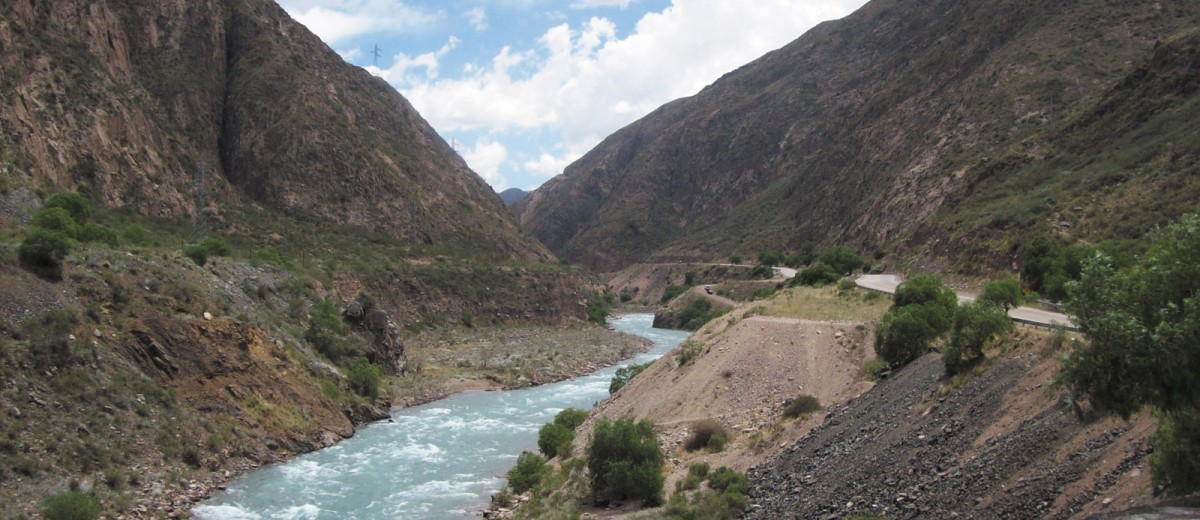
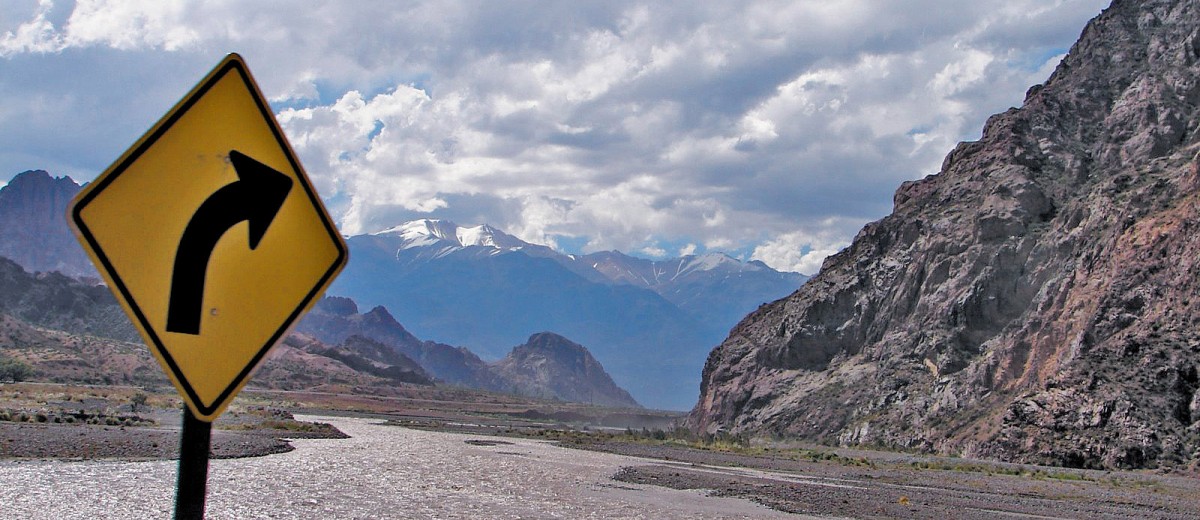
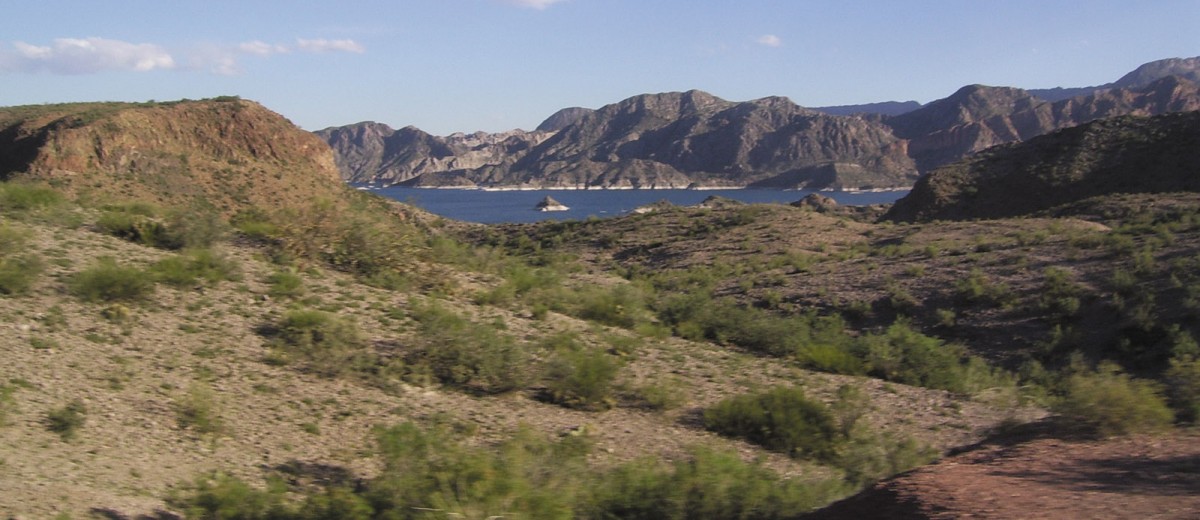
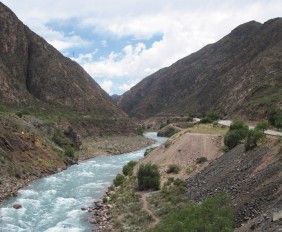
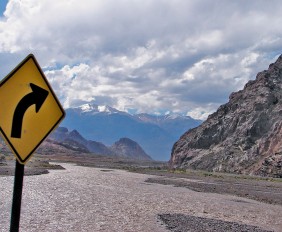

¿Qué te pareció la publicación?